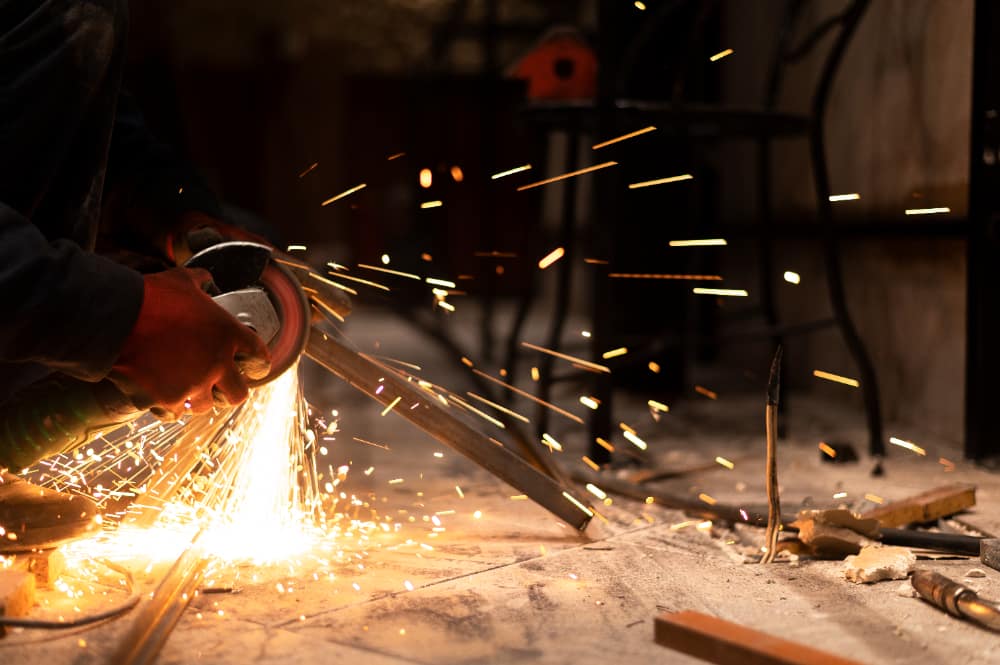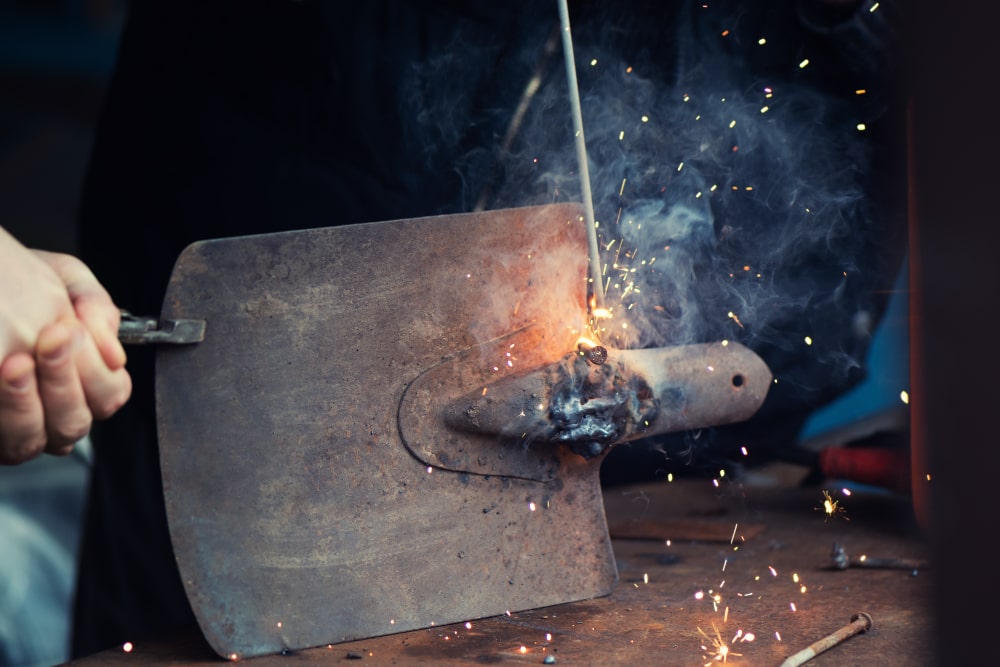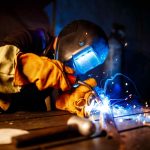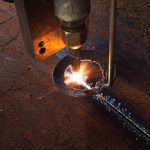Tungsten Inert Gas (TIG) welding is one of the most precise and versatile methods for joining metals. In this process, a tungsten electrode is used to generate the electric arc necessary to melt the base materials, while an inert gas is employed to protect the welding area from atmospheric contamination. The choice of gas is crucial to ensure the quality of the weld and the efficiency of the process. In this article, we will explore the most common gases used in TIG welding and their applications in various industrial sectors.
What is TIG Welding?
TIG welding, also known as “Gas Tungsten Arc Welding” (GTAW), is a welding process in which the heat generated by an electric arc between the tungsten electrode and the base material is used to melt the metal and create a solid joint. Unlike other welding methods, in TIG the electrode does not get consumed during the process; only the filler material melts if necessary. To protect the welding zone from oxygen and other gases in the air, an inert gas is used to shield the arc and the fusion area.
Types of Gases in TIG Welding
The gases used in TIG welding must be inert or minimally reactive to avoid weld contamination. The two most commonly used gases are argon and helium, although mixtures of these gases can also be employed depending on the application and the type of metal being welded.

1. Argon (Ar)
Argon is the most commonly used gas in TIG welding due to its high stability, availability, and relatively low cost. It is an inert gas, meaning it does not react with the electric arc or the base materials during the welding process. Its main function is to protect the weld from air contamination, which could affect the quality of the joint.
Argon is suitable for a wide range of metals, including stainless steel, aluminum, copper, titanium, and other non-ferrous metals. Most TIG welding applications use pure argon because it provides a clean and controlled welding atmosphere. Additionally, argon is efficient in creating stable and well-defined arcs, facilitating precise welding.
Applications of Argon:
- Stainless steel welding: Argon helps prevent the oxidation of stainless steel during the welding process.
- Aluminum and its alloys: Argon is especially useful in aluminum welding because it maintains a clean arc and reduces the likelihood of porosity.
- Copper and titanium: When welding these metals, argon minimizes unwanted chemical reactions that could compromise weld integrity.
2. Helium (He)
Helium is another gas commonly used in TIG welding, although it is generally used in combination with argon. It is less dense than argon, granting it a higher heat transfer capability, which can be advantageous in certain cases. Helium generates a higher arc temperature and allows for deeper penetration in thick materials.
One of the main advantages of helium is its ability to weld high thermal conductivity metals, such as aluminum and copper, more efficiently. Although helium is more expensive than argon, its use in combination with argon can improve welding quality and speed, especially in applications requiring a high heat transfer rate.
Applications of Helium:
- Welding thick metals: Helium’s high heat transfer is useful for welding thicker metals.
- Aluminum and copper: Helium allows better fusion of these metals, which require more heat due to their high thermal conductivity.
3. Argon-Helium Mixtures
In some cases, argon-helium mixtures are used to leverage the properties of both gases. These mixtures provide a balance between the arc stability of argon and the higher heat transfer capability of helium. The proportions vary based on the type of material to be welded and the specific job requirements.
Gas mixtures are especially useful in applications requiring a hotter arc or deeper penetration without losing the stability and control offered by argon. Common proportions include 75% argon and 25% helium, though other combinations are possible depending on project needs.
Applications of Gas Mixtures:
- Non-ferrous metal welding: Argon-helium mixtures are used for welding metals such as copper and its alloys.
- Thick or difficult-to-weld metals: When a hotter arc is needed to achieve deep penetration, gas mixtures are the ideal choice.
4. Hydrogen (H2)
In some advanced applications, a small amount of hydrogen (typically mixed with argon) can be used to enhance weld quality. Hydrogen increases the arc temperature, which is useful for achieving deeper penetration. However, hydrogen can make metals, especially stainless steel, more prone to hydrogen embrittlement, so its use must be carefully controlled.
Applications of Hydrogen:
- Stainless steel welding: Hydrogen can be helpful in welding stainless steel, provided its proportion in the gas mixture is well controlled.
- Reactive metals: For welding metals requiring a high arc temperature, hydrogen can improve efficiency.






